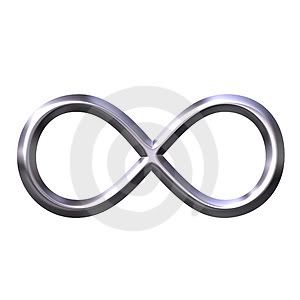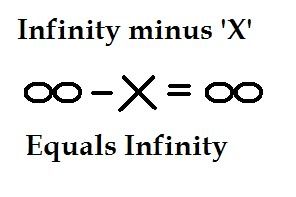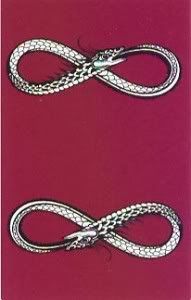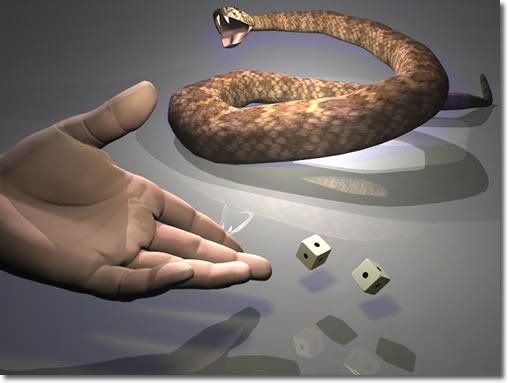handy
Member
This is a spin-off from the 4004 BC thread. The kids are studying the creation story in catechism. And, they have already been learning some of the Theory of Evolution, next year my daughter will go into TOE much more in-depth.
I dislike the idea that there must be polarized conflict between the two. When my hubby and I married, he was TOE all the way, having his BS in Biology. I was a dyed-in-the-wool 24/6 day creationist. It lead to some interesting conversations at my house, to be sure. Since this wasn't an issue to divorce over, I was forced to listen and learn the ins and outs of TOE. Since Steve wasn't going to leave me over either, he became more open to the Biblical account.
We've learned together and it's been a good process for both of us.
I want the kids to gain an ability to process conflicting information without losing faith or irrevocably damaging relationships. So, our approach to Genesis 1:1-2:3 has been to emphasize the similarities and the differences between the creation story and the TOE.
One of the things that both the creation story and science agree upon is that life is "from the earth", or, more scientifically, a carbon-based life form. The creation story speaks of plants and beasts in terms of "let the earth bring forth". No, it doesn't speak of aquatic creatures and birds in exactly the same way, but there is nothing that conflicts with the idea of all life being "of the earth" either. And, naturally we all know the story of God forming Adam out of the dust of the ground.
I just think it is fascinating that the ancient texts and modern science are in agreement about the essential element of life on this planet.
Another area where science and the creation story are similiar is that in the beginning when the earth was covered with water, there was no free oxygen. I do remember this from my Biology 101 course in college. According to the Genesis account the earth was one massive ball of water, then came a "separation" where the atmosphere separated land from outer space.
Also, the idea of there being a super-continent. In Genesis, God said, "Let the waters be gathered into one place and let dry land appear." According to science, the formation and breaking up of super-continents is a part of the geological history of the earth.
Then there is the concept of the first living creatures being formed in the waters, rather than being land creatures.
There are differences, of course, between scientific models and Genesis, and there is no use pretending that they don't exist. But, the similarities are striking and certainly can be a good jumping off point for discussion.
Several other things that we discuss with the kids is that Genesis is not meant to be a science book, nor does Genesis provide us with an exact age of the earth (nor does any other book in the Bible). Also, Genesis does show that God used a process in the creation of the earth, again a similarity to TOE. Now, God is powerful enough that He could have called the entire planet, rocks, trees, cattle, platypodes and men into being with just one call. But, He didn't do that, and Genesis records an order in which God created things. This order is very balanced, looking like this:
Days 1-3 Days 4-6
I dislike the idea that there must be polarized conflict between the two. When my hubby and I married, he was TOE all the way, having his BS in Biology. I was a dyed-in-the-wool 24/6 day creationist. It lead to some interesting conversations at my house, to be sure. Since this wasn't an issue to divorce over, I was forced to listen and learn the ins and outs of TOE. Since Steve wasn't going to leave me over either, he became more open to the Biblical account.
We've learned together and it's been a good process for both of us.
I want the kids to gain an ability to process conflicting information without losing faith or irrevocably damaging relationships. So, our approach to Genesis 1:1-2:3 has been to emphasize the similarities and the differences between the creation story and the TOE.
One of the things that both the creation story and science agree upon is that life is "from the earth", or, more scientifically, a carbon-based life form. The creation story speaks of plants and beasts in terms of "let the earth bring forth". No, it doesn't speak of aquatic creatures and birds in exactly the same way, but there is nothing that conflicts with the idea of all life being "of the earth" either. And, naturally we all know the story of God forming Adam out of the dust of the ground.
I just think it is fascinating that the ancient texts and modern science are in agreement about the essential element of life on this planet.
Another area where science and the creation story are similiar is that in the beginning when the earth was covered with water, there was no free oxygen. I do remember this from my Biology 101 course in college. According to the Genesis account the earth was one massive ball of water, then came a "separation" where the atmosphere separated land from outer space.
Also, the idea of there being a super-continent. In Genesis, God said, "Let the waters be gathered into one place and let dry land appear." According to science, the formation and breaking up of super-continents is a part of the geological history of the earth.
Then there is the concept of the first living creatures being formed in the waters, rather than being land creatures.
There are differences, of course, between scientific models and Genesis, and there is no use pretending that they don't exist. But, the similarities are striking and certainly can be a good jumping off point for discussion.
Several other things that we discuss with the kids is that Genesis is not meant to be a science book, nor does Genesis provide us with an exact age of the earth (nor does any other book in the Bible). Also, Genesis does show that God used a process in the creation of the earth, again a similarity to TOE. Now, God is powerful enough that He could have called the entire planet, rocks, trees, cattle, platypodes and men into being with just one call. But, He didn't do that, and Genesis records an order in which God created things. This order is very balanced, looking like this:
Days 1-3 Days 4-6
Light/Dark Sun, Moon, Stars
Water/Sky Fish/Birds
Land/Seas Land dwelling Animals & Man
I have found that studying the similarities and differences between the Creation account and the various scientific theories about our early planet to strengthen my belief that God (Who was there) inspired the writer of the Creation story. I've also found that discussing how things are similar and different between the ancient text and modern science is far more conducive to meaningful dialog instead of arguing.
Just some thoughts on the subject.
Water/Sky Fish/Birds
Land/Seas Land dwelling Animals & Man
I have found that studying the similarities and differences between the Creation account and the various scientific theories about our early planet to strengthen my belief that God (Who was there) inspired the writer of the Creation story. I've also found that discussing how things are similar and different between the ancient text and modern science is far more conducive to meaningful dialog instead of arguing.
Just some thoughts on the subject.










